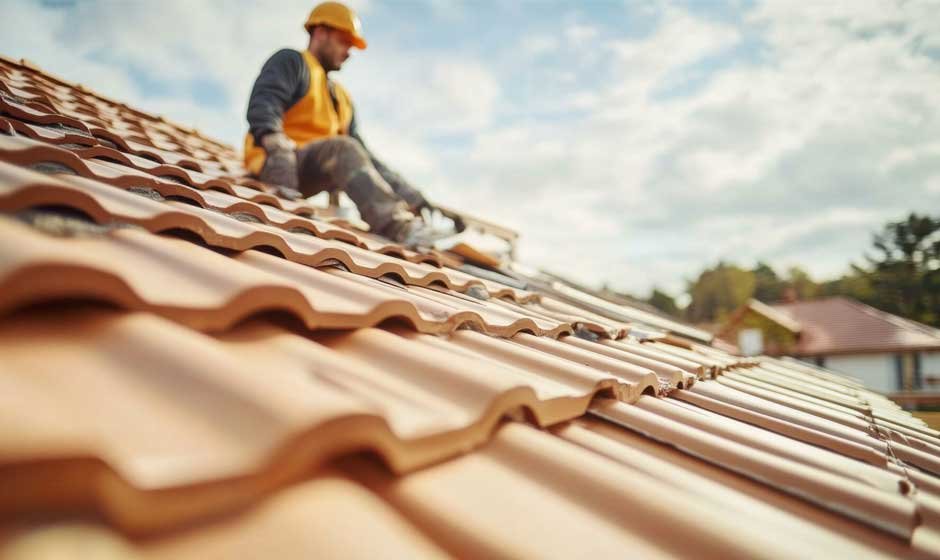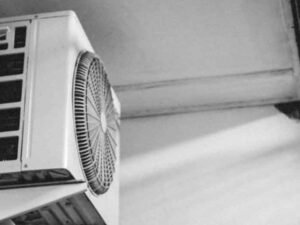Why Expert Roofing Habits Matter
Homeowners may not think about their roof daily, but adopting a professional’s approach to roof care can save thousands of dollars in the long run and prevent untimely headaches. Residential roofing experts are well-known for their thorough inspections, regular maintenance schedules, and commitment to detail. They don’t wait until leaks or missing shingles indicate trouble; instead, they proactively monitor vulnerable spots like flashing, valleys, and attic spaces. Drawing inspiration from the consistent, careful methods practiced by Amish roofers and other specialists, anyone can create a simple plan for roof longevity that reduces the risk of water damage or structural compromises.
This forward-thinking mindset isn’t just about habit—it’s backed by research and experience in the field. The Forbes Home Improvement guide emphasizes that homes with regular, expert-led maintenance enjoy significantly longer lifespans for their roofs, sometimes extending a roof’s serviceable years by up to 30%. By addressing minor issues before they grow serious, homeowners prevent costly emergency repairs and avoid interruptions to daily life. Expert habits include keeping a maintenance log, inspecting after significant weather events, and acting promptly on any discovered weaknesses.
Seasonal Maintenance Checklist
Every season poses new challenges to a roof—winter’s snow load, spring’s rain and debris, summer’s UV exposure, and autumn’s falling leaves can all strain roofing materials in different ways. The key is to meet each season with preventive action. Residential roofing experts recommend a biannual maintenance routine, usually scheduled for the spring thaw and the autumn leaf fall. This approach uncovers hidden problems and allows plenty of time for repairs before major weather events.
- Carefully clean all gutters, roof valleys, and downspouts to ensure water drains easily, reducing the chance of pooling, leaks, and ice dams.
- Perform a hands-on inspection for cracked, curled, missing, or shifted shingles. Note any needed replacements and schedule them immediately.
- Assess all flashing around chimneys, vents, and skylights for signs of corrosion or separation.
- Check attic and roof insulation for moisture, stains, or mildew. These are early signs of leaks or condensation issues that can cause lasting damage if missed.
- Trim tree limbs that overhang the roof, keeping them several feet away to protect shingles and improve roof ventilation.
These actions, as promoted by the National Roofing Contractors Association, are vital for roof preservation. A few hours spent twice a year can prevent gutter backups, animal infestations, and premature material failure, ensuring that a roof ages gracefully.
Materials That Stand the Test of Time
Material quality is a primary factor in determining how well a roof weathers the years. Residential roofing experts typically recommend high-performance options like architectural asphalt shingles, standing-seam metal, slate tiles, or clay tiles. Though their up-front costs are higher, these products offer far greater durability and resistance to both weather and natural aging than economy materials do.
For example, expert choices such as laminated shingles withstand harsh sunlight, hail, and high winds and offer reinforced features for water resistance. Industry research consistently shows that premium-grade roofing can last 25 to 30 years or more with regular upkeep. In contrast, lower-end options may require significant repairs or complete replacement after 12 to 18 years. Professionals also insist on using compatible underlayments, fasteners, and sealants, which make a strong, sealed system that minimizes risk and maximizes longevity.
While the temptation might be to save money on materials, skilled roofers know that immediate savings often lead to costly future repairs or premature replacements. Investing in proven quality at the outset truly pays off over the decades.
Ventilation and Moisture Control
People often overlook the powerful effect ventilation has on roof health. An attic that lacks airflow or traps heat and moisture can create a perfect environment for wood rot, mold, and mildew, all threats that erode the structure’s integrity from the inside out. Residential roofing experts prioritize proper attic ventilation, equipping homeowners with solar or powered fans to encourage consistent airflow.
Not only does this prevent the formation of condensation and subsequent water damage, but it also helps maintain a stable indoor temperature, leading to energy savings and greater comfort. On hot days, well-ventilated attics expel excess heat, reducing AC workloads and shingle temperature spikes that accelerate aging. Conversely, ventilation mitigates ice dam risks in winter by maintaining roof temperature. It’s a detail that homeowners miss in winter, but professionals know that a well-ventilated roof reaches its whole lifespan.
Recognizing and Addressing Common Threats
Even minor issues can have significant consequences if they’re overlooked. Algae, moss, and lichen may look harmless at first, but they hold moisture against shingles over time and can cause premature deterioration or even roof leaks. Wildlife presents its problems—birds and rodents- and presents its entry point through tiny openings, broadening those entry points and eventually causing structural damage that’s easy to miss without regular inspection.
Residential roofing experts are trained to catch these problems in their infancy. Identifying weak spots, applying specialized treatments to prevent regrowth of moss or algae, and installing protective measures like pest guards or screens are all part of a comprehensive strategy to defend the roof from subtle but profound wear. When spotted and addressed early, these threats are manageable. If ignored, they can quickly become.
When to DIY and When to Call Experts
There’s no denying the satisfaction of tackling a DIY project around the house. Tasks like cleaning gutters or safely trimming small branches are well within reach for most property owners. But when diagnosing leaks, repairing flashing, installing new shingles, or climbing onto steep roofs, even the most dedicated DIYer should pause. Residential roofing experts have the training, safety equipment, and nuanced understanding to identify and resolve underlying problems that a layperson might miss.
Homeowners who know when to call in specialists avoid common mistakes that could escalate into significant structural or water damage. Sometimes, a professional can spot a small detail—like improper nail placement or subtle shingle lifting—that signals trouble a few years later. Getting this right isn’t just about safety or expertise; maintaining manufacturer warranties is often required. Recognizing the limits of DIY projects is a hallmark of smart, responsible ownership.










